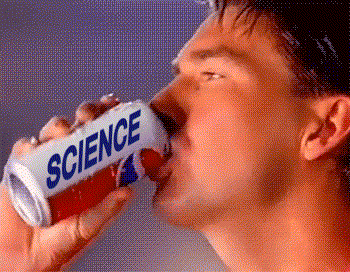
Diffusion & Conservation of Mass
Quiz
•
Chemistry
•
5th - 8th Grade
•
Medium
Standards-aligned

Jake Tabbert
Used 192+ times
FREE Resource
Enhance your content in a minute
11 questions
Show all answers
1.
MULTIPLE CHOICE QUESTION
30 sec • 1 pt
What is diffusion?
2.
MULTIPLE CHOICE QUESTION
30 sec • 1 pt
molecules move from a
3.
MULTIPLE CHOICE QUESTION
30 sec • 1 pt

Where is there a low concentration of dye?
4.
MULTIPLE CHOICE QUESTION
30 sec • 1 pt

Where is there a low concentration of perfume?
5.
MULTIPLE CHOICE QUESTION
3 mins • 1 pt

The picture below is an example of _________________.
6.
MULTIPLE CHOICE QUESTION
30 sec • 1 pt
The movement of particles from high concentration to low concentration is called?
7.
MULTIPLE CHOICE QUESTION
5 mins • 1 pt
The Law of Conservation of Matter states:
Create a free account and access millions of resources
Create resources
Host any resource
Get auto-graded reports

Continue with Google

Continue with Email

Continue with Classlink

Continue with Clever
or continue with

Microsoft
%20(1).png)
Apple
Others
By signing up, you agree to our Terms of Service & Privacy Policy
Already have an account?
Similar Resources on Wayground

15 questions
Compounds
Quiz
•
8th Grade

13 questions
Protons
Quiz
•
6th - 8th Grade

15 questions
Matter and It's Interactions
Quiz
•
6th Grade

10 questions
CPR
Quiz
•
1st - 7th Grade

10 questions
Waste management
Quiz
•
7th Grade

10 questions
S2 Rates of Reaction
Quiz
•
6th - 8th Grade

12 questions
Are You Ready for 8th Grade Science?
Quiz
•
6th - 8th Grade

10 questions
Letterlijk of figuurlijk?
Quiz
•
4th - 6th Grade
Popular Resources on Wayground

10 questions
Honoring the Significance of Veterans Day
Interactive video
•
6th - 10th Grade

9 questions
FOREST Community of Caring
Lesson
•
1st - 5th Grade

10 questions
Exploring Veterans Day: Facts and Celebrations for Kids
Interactive video
•
6th - 10th Grade

19 questions
Veterans Day
Quiz
•
5th Grade

14 questions
General Technology Use Quiz
Quiz
•
8th Grade

25 questions
Multiplication Facts
Quiz
•
5th Grade

15 questions
Circuits, Light Energy, and Forces
Quiz
•
5th Grade

19 questions
Thanksgiving Trivia
Quiz
•
6th Grade
Discover more resources for Chemistry

20 questions
Counting Atoms
Quiz
•
8th Grade

20 questions
Chemical Reactions
Quiz
•
8th Grade

20 questions
ATOMIC STRUCTURE
Quiz
•
6th Grade

20 questions
Balancing Equations
Quiz
•
8th Grade

15 questions
Counting Atoms
Quiz
•
8th Grade

15 questions
Periodic Table of Elements
Quiz
•
8th Grade

20 questions
Chemical and Physical Properties and Changes
Quiz
•
7th Grade

35 questions
Chemistry: Writing and Naming compounds
Quiz
•
8th Grade
